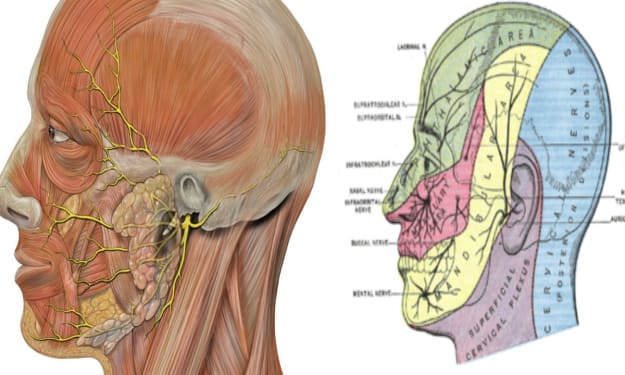Neural Machine Translation
Breaking Language Barriers

Neural Machine Translation: Breaking Language Barriers
1. Introduction to Neural Machine Translation:
Neural Machine Translation (NMT) is a state-of-the-art approach to automatic translation that utilizes artificial neural networks. It has revolutionized the field of machine translation by significantly improving translation accuracy and fluency.
2. Neural Networks in NMT:
NMT models are built using deep learning techniques, specifically recurrent neural networks (RNNs) or transformer architectures. These networks are trained on large amounts of bilingual data to learn the patterns and relationships between source and target languages.
3. Improved Translation Quality:
NMT models have shown remarkable improvements in translation quality compared to traditional rule-based or statistical machine translation systems. They can capture complex linguistic patterns, handle idiomatic expressions, and generate more natural-sounding translations.
4. End-to-End Translation:
NMT models perform translation in an end-to-end manner, meaning they directly translate a sentence from the source language to the target language without relying on intermediate representations. This simplifies the translation process and reduces errors caused by multiple processing steps.
5. Handling Ambiguity:
NMT models excel at handling ambiguous words or phrases by considering the context of the entire sentence. They leverage the power of neural networks to disambiguate based on surrounding words and generate accurate translations that capture the intended meaning.
6. Language Pair Adaptability:
NMT models can be trained on various language pairs, making them versatile for multilingual translation. They can handle both common and rare language combinations, allowing for effective communication across different cultures and regions.
7. Continuous Improvement:
NMT models benefit from continuous improvement through ongoing research and advancements in neural network architectures. As more data becomes available and training techniques evolve, the quality of translations produced by NMT systems continues to improve.
8. Customization and Domain-Specific Translation:
NMT models can be fine-tuned and customized to specific domains or industries, enabling accurate and specialized translations for technical, legal, medical, or other specialized content. This customization enhances the relevance and quality of translations in specific contexts.
9. Real-Time Translation:
NMT models can provide near real-time translation, making them suitable for instant messaging, live conversations, and other scenarios that require immediate translation. This capability facilitates cross-cultural communication and collaboration.
10. Accessibility and Inclusivity:
NMT technology contributes to breaking language barriers and fostering inclusivity by providing translation services for individuals who may not be proficient in multiple languages. It enables information access, cross-border communication, and cultural exchange on a global scale.
11. Multimodal Translation:
NMT models can be extended to handle multimodal translation, where translations are generated not only for textual content but also for other modalities such as images or speech. This opens up opportunities for more immersive and comprehensive translation experiences.
12. Neural Machine Translation Services:
NMT technology has led to the development of online translation services and APIs that integrate NMT models. These services provide on-demand translation capabilities, enabling individuals and businesses to access high-quality translation services easily.
13. Challenges in NMT:
While NMT has achieved significant advancements, challenges still exist, such as handling low-resource languages, addressing cultural nuances, and maintaining translation consistency across different document types and contexts. Ongoing research aims to address these challenges and further improve NMT systems.
14. Human-Aided NMT:
NMT models can benefit from human feedback and post-editing to enhance translations. Human translators can review and refine NMT-generated translations, providing valuable input that helps improve the model's performance over time.
15. Empowering Cross-Cultural Communication:
NMT technology plays a crucial role in bridging language gaps and fostering global understanding. By breaking down language barriers, it promotes cultural exchange, facilitates international business interactions, and connects individuals from diverse linguistic backgrounds.
In conclusion, Neural Machine
Translation (NMT) has revolutionized the field of automatic translation by leveraging neural network architectures to achieve higher translation accuracy and fluency. It has opened up new possibilities for cross-cultural communication, accessibility to information, and global collaboration. As NMT technology continues to advance, it holds the promise of further breaking down language barriers and promoting a more connected and inclusive world.
About the Creator
Abdullahi Mustapha
Abdullahi: Skilled forex trader with 3 years' experience. Amazon KDP expert and programmer. Pursuing a diploma in computer science. Youthful, yet wise. Passionate about technology and finance. Ready to make an impact in forex,






Comments
There are no comments for this story
Be the first to respond and start the conversation.